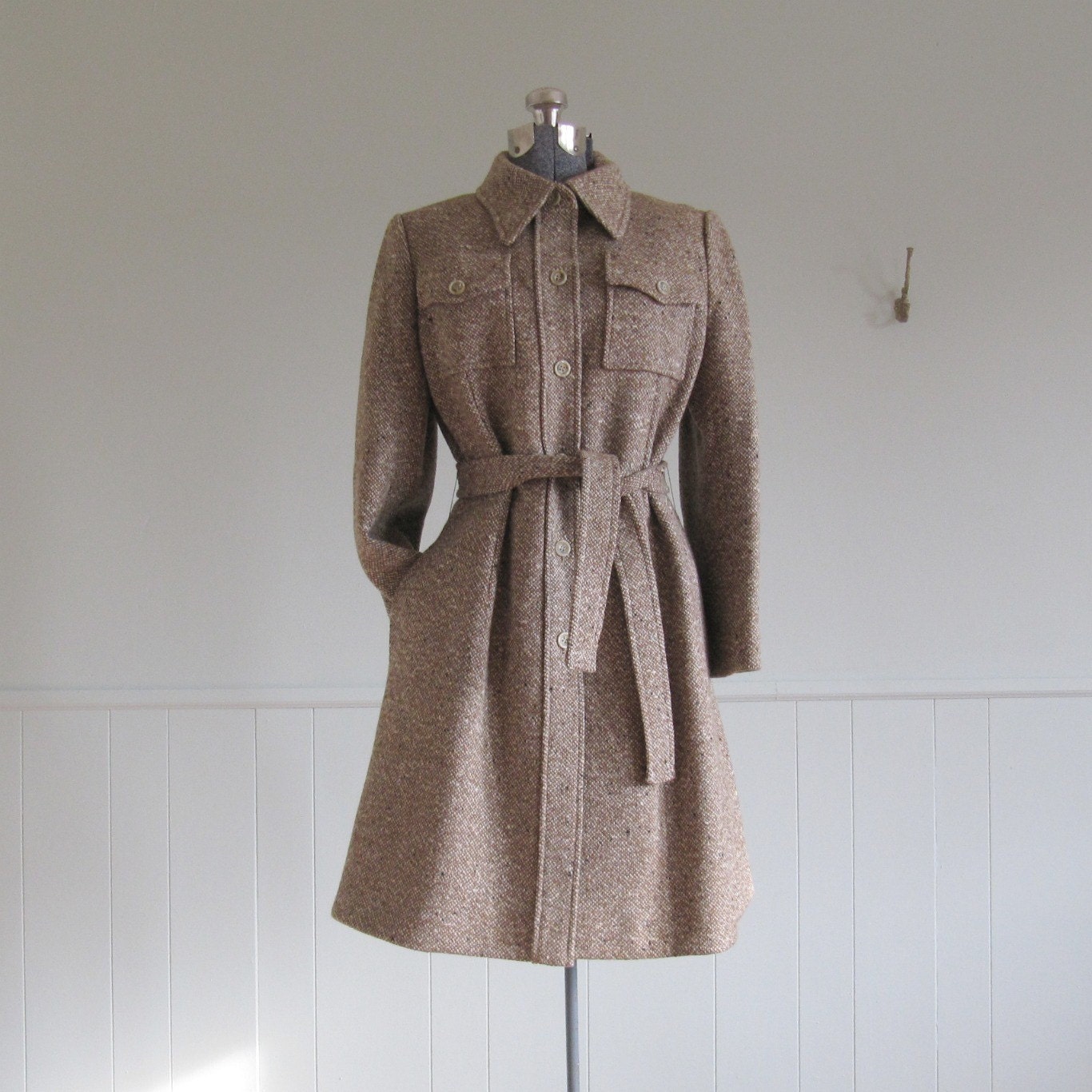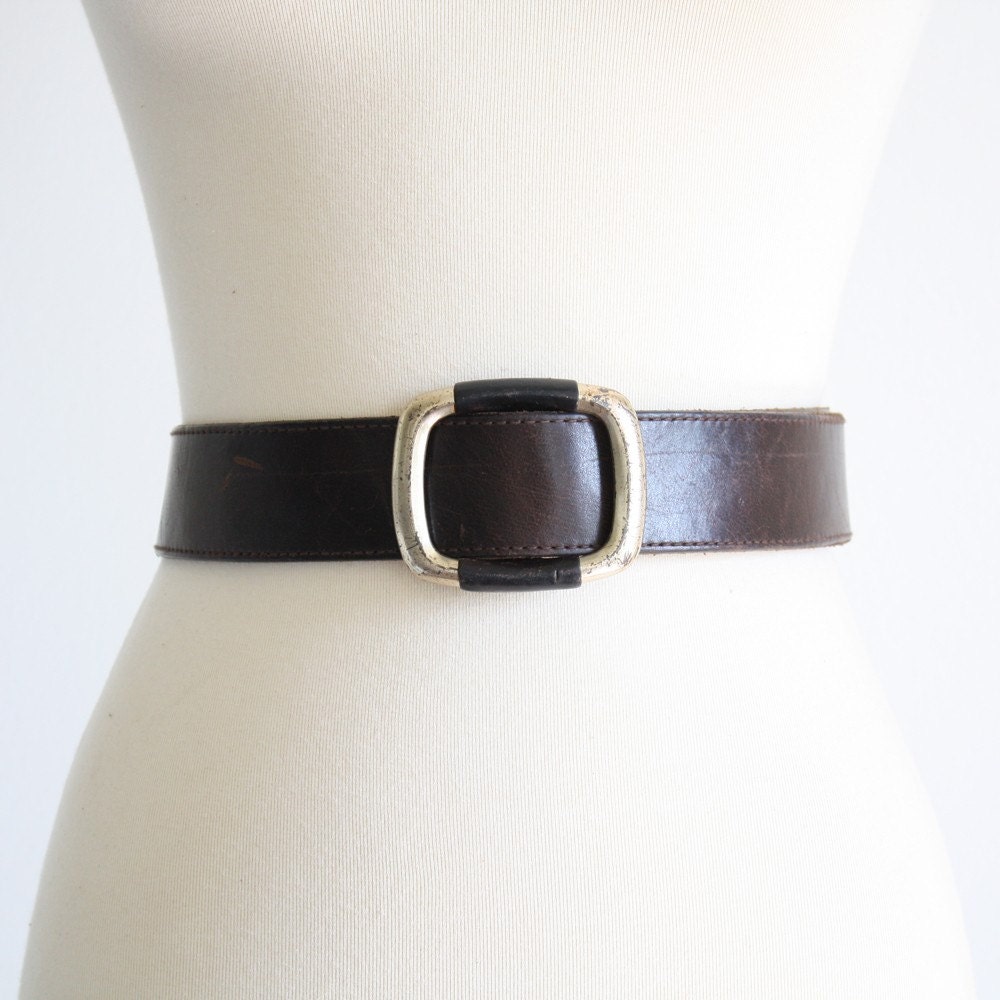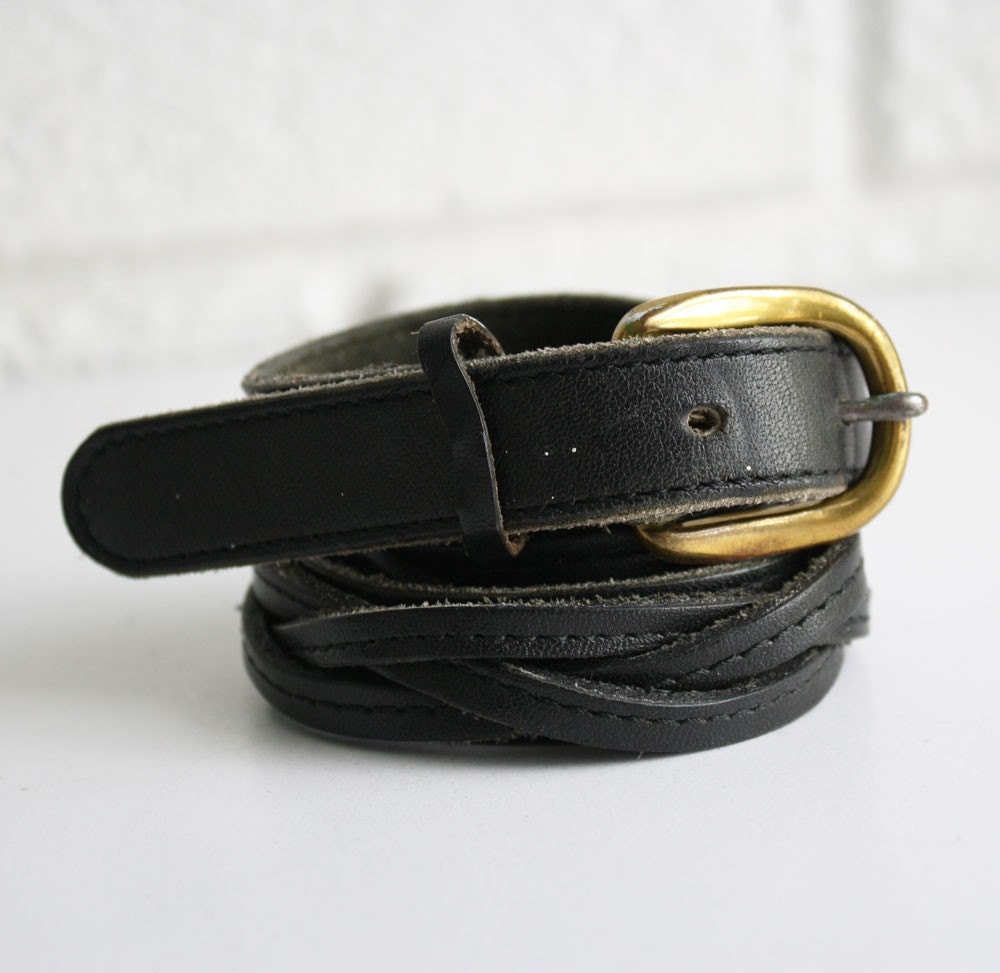Other examples of this hazy lighting occur throughout the film, like when a man emerges from the woods wearing a bearskin cloak and it's impossible to tell what exactly has just ridden out on that horse. There's also when Mattie Ross (Hailee Steinfeld) slips into a pit in the ground and the opening above her is vague, the light choked by kicked up dust or when she and Cogburn encounter some outlaws in a tiny cabin, and the lighting plays up the smokiness of the fire rather than its brightness.
The situations in which the characters find themselves are equally unclear. It's often difficult even for the characters to distinguish what they are seeing, almost always requiring closer examinations which risks putting them in greater danger, such as this encounter, shot from Ross and Labeouf's vantage point in which it is impossible to discern the events taking place below.
In light of these hazy qualities which struck me as unusual for an otherwise gritty western, I was reminded of a certain similarity to the works of the late 19th-century painter Albert Bierstadt. His subject matter was often the American west, and though his works certainly glorify the beauty of the landscapes, he often uses muted, earthy tones for the land and trees which contrasts with the bright colors of his skies. However, the brightness of his skies is not blindingly clear, but hazy and misty, often capturing a dawn or sunset. That haziness blurs the boundaries of the sky and landscape just enough to leave the edges of everything undefined.


They are the kinds of paintings that look beautiful from far away, but which beg you to look closer so you can see how the brush strokes created those effects. When you look closer, and you see the uneven thicknesses of the oils, the colors that did not completely blend, and the bits that cling to the canvas so closely that its texture is visible through the paint, you realize what you saw from far away is not at all like what you see close up. And that while it's maybe not as beautiful as the hazy and indistinct landscape seen from afar, there is a truth and a honesty and thus a different kind of beauty. I think this very much like the film: a beautifully shot, hazy affair that when the light shifts or brightens and the dust clears so that we see the characters and situations more clearly, may be less attractive or pleasant but still beautiful in its own powerful way.
GET THE LOOK: MATTIE ROSS
It may seem a bit out there to want to emulate the fashion sense of 14-year-old girl from the nineteenth century, but that cinched-in over-sized coat she sports is a great look on women today and not a completely unheard of fashion trend. It's a great way to play on the whole women-appropriating-menswear trend. If not an over-sized coat, it can be a long loose cardigan, but in either case, the key is to wear a contrasting belt, rather than one that came with the coat or sweater. Here are some examples of the contemporary look:
Here are some great vintage pieces to help you get this fabulous look perfect for making that winter outerwear look a little more interesting!
Vintage 1960s Tweed Coat from Greatest Friend $124
Vintage Long Cream Sweater from Allen Company Inc $42
Vintage Brown Leather Belt from Rococo Vintage $14
Vintage Black Leather Braided Belt from Kibster $10









No comments:
Post a Comment